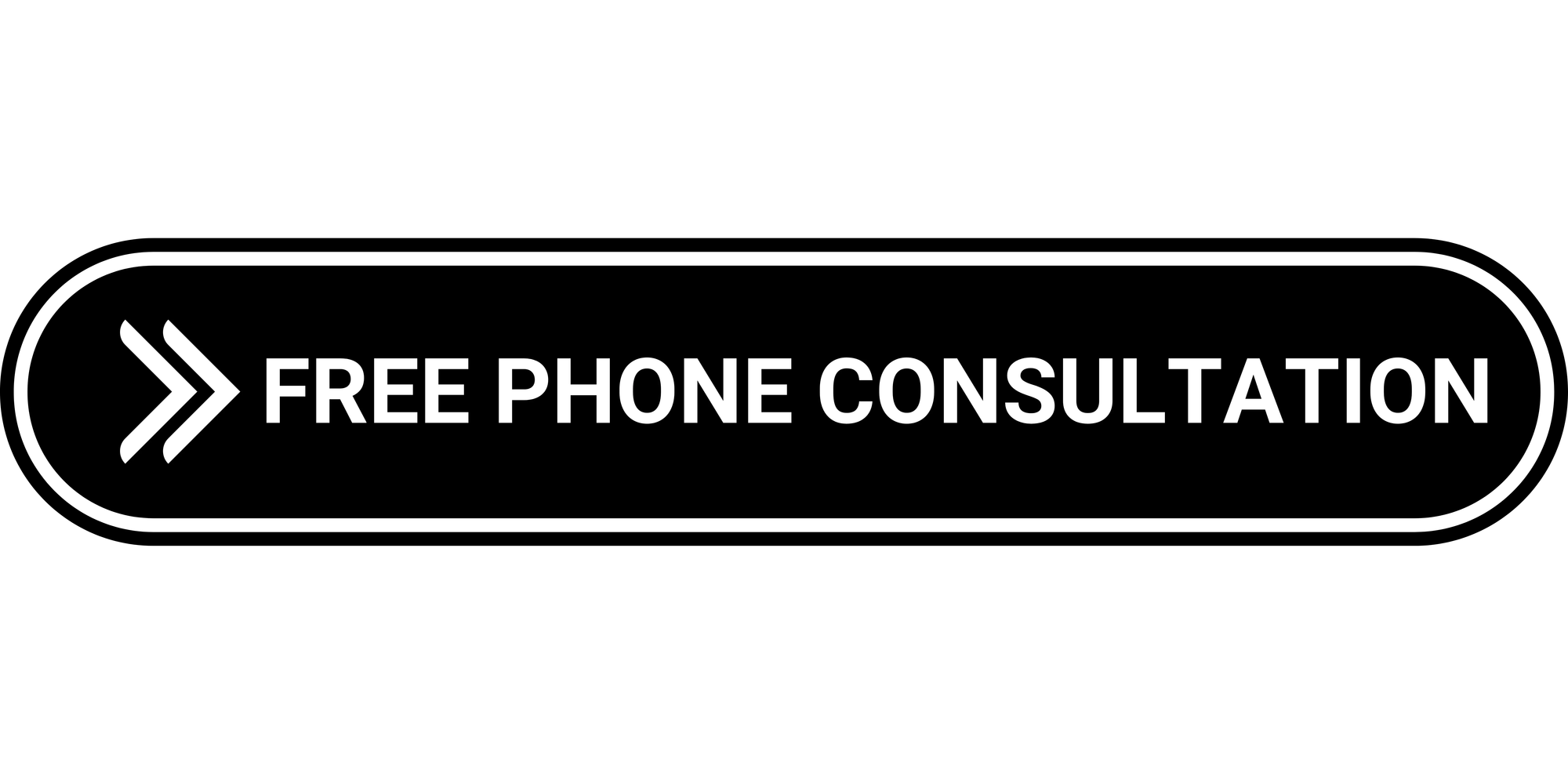neurofeedback for ADHD

 While ADHD starts in the early years, about half of the children affected by this disorder can carry it into adulthood. A person struggling with ADHD will experience symptoms such as:
While ADHD starts in the early years, about half of the children affected by this disorder can carry it into adulthood. A person struggling with ADHD will experience symptoms such as:- Hyperactivity
- Attention-deficit
- Impulsive behavior
- Poor concentration
- Constant tardiness or inability to adhere to a schedule
- Frustration
- Difficulties in learning new skills
- Hyperfocus (the opposite of being hyperactive, being immersed in an activity to the point of blocking out everything else)
Your brain learns how to improve itself.
As we develop and learn new information, our brain constantly adapts and reshapes its processes. Neurofeedback aims to support the brain’s ability to reorganize itself by triggering a certain kind of activity and establishing it as the new “normal.”
In the case of ADHD patients, the participant is asked to perform tasks that promote healthy brain activity related to:
- Focusing
- Listening
- Organizing
- Engaging actively
- Participating
- Prioritizing
- Standing still
- Completing tasks
- Following a single train of thought
Through exercises, the brain begins to understand on its own what it means to pay attention and how to improve the level of concentration.
Real-time feedback allows for efficient results.
In order to accomplish this type of brain training, the patient’s brain waves are monitored through an electroencephalogram (also known as an EEG) connected to a display screen, allowing the client to follow their brain waves in real-time. The software is highly responsive, immediately reacting to the brain wave patterns, offering real time feedback. This feedback can be audio, visual, or audio-visual.
It balances brain waves to decrease ADHD symptoms.
According to specialists, there is a noticeable imbalance in patients with ADHD between the theta waves, responsible for activities such as daydreaming, sleeping, or fantasizing, and beta waves, related to paying attention, having conscious thought processes, analyzing.
People dealing with ADHD have a higher activity of theta waves, which makes them easily distracted, open to external stimuli, and unable to concentrate for longer periods of time. The pragmatic and logical activities are overwhelmed by a state of drowsiness, hindering their focus.
During neurofeedback sessions, the participant engages in activities that allow the brain to counter this imbalance by stimulating beta waves and calming the theta waves.
Neurofeedback is a non-invasive, drug-free alternative.
The common treatment for ADHD is a combination of medication and therapy. However, each person has different needs. While medication treatment has provided noticeable improvements, especially when it comes to ADHD in children, it can be a short-term solution. Symptoms often reoccur shortly after the treatment is interrupted and the patient might experience unwanted side effects. Whether you are looking for a drug-free alternative or a something to complement medication, here are a few reasons why neurofeedback might be an option:
- Neurofeedback is a non-invasive therapy, the sensors placed on the scalp transmit information to a computer, but not the other way around
- It enhances tools that our brain already has
- It doesn’t interfere with other treatments
- The results can be long-lasting
- FDA approved it as a method of relaxation and wellness
Neurofeedback is suitable for children.
Children’s brains are better equipped to change and adapt. Detecting and treating symptoms of ADHD early on could be more effective and could even prevent the disorder from developing in adulthood.
There are many reasons to consider neurofeedback for your child:
- With the help of neurofeedback, children can become more focused
- The brain exercises are entertaining and can be perceived as games
- The reward system will keep them engaged
- They will work with a certified therapist who is involved and competent, providing personalized assistance
- Since their brains learn at a higher rate, they require fewer sessions before showing improvements
Try it for yourself.
The best way to see if neurofeedback is a great option for managing ADHD is to try it out for yourself. Schedule an appointment with a certified brain health coach and get ready to reap its benefits.



